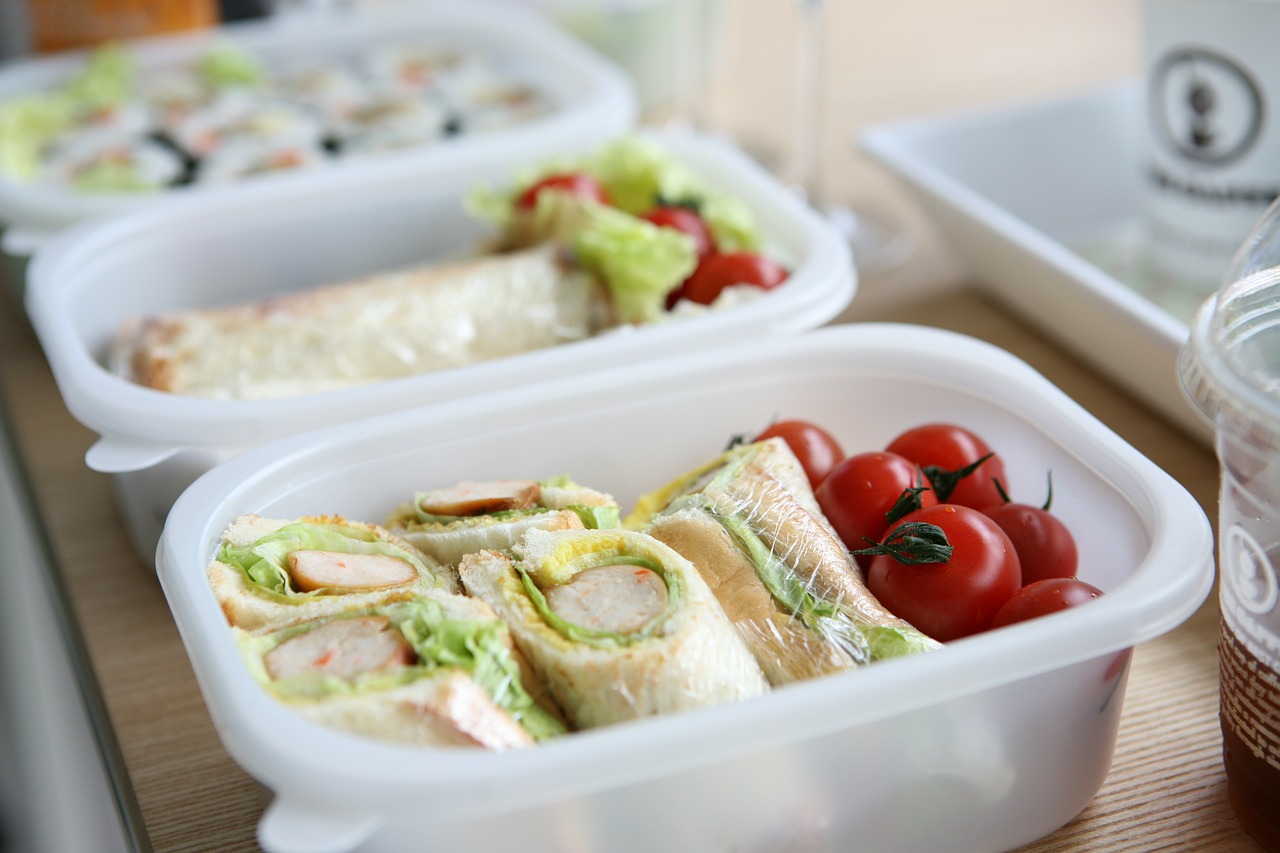A beginner’s guide to making the most of making meals at home
By Ea Francisco | Lead photo by Ella Olsson
Keeping track of what you eat can be stressful, which makes you more prone to unhealthy choices. One thing regular healthy eaters do to manage this is by prepping meals. This practice forces you to make good nutrition decisions. It’s going to seem hard at first, but it’ll get easier once you gain momentum. Plus, it’s cheaper in the pockets in the long run. Here’s how you can get started.
Make sure you have enough containers
The key to meal prepping is storing food ahead of time, so making sure you have enough supplies is essential. You’ll need a variety of BPA-free plastic containers, clear lunch boxes, and mason jars. Consider getting ones in different sizes because you’re not going to eat same-sized meals every day; look for containers that can hold sauces, soups, and fruits too. Microwaveable and freezer-friendly containers are better because chances are they’re sturdier. Glass items are also a good choice, but don’t pack things too tightly as food and liquid expand when frozen.
Start with one or two days ahead

Some people are used to planning their entire week but not everyone can think that far ahead when it comes to eating. The easiest way for beginners is to start with a few days ahead. Consider what your schedule would be and what your nutrition needs are. Since you’re already planning things out, you can get a better grasp of what your daily calorie requirements are. If you plan further than a few days, consume easily perishable food first. The US Department of Agriculture says that vegetables should take up at least half your plate and meats about a quarter.
Stick to simple recipes
Experimenting with recipes are great, but overly complicated recipes would just make it harder for you and defeat the purpose of meal prepping. You might end up spending more time than you did when you were preparing meals normally. Stick to taste-tested recipes that are easy to assemble so that when it’s time to cook, you won’t be tasting and adjusting every minute. Meal preppers use chicken because there are so many ways to cook it. Tacos and sandwiches are also common in meal prep menus.
Grocery shop for the week ahead
It goes without saying that bulk shopping is the most convenient way to meal prep. This is why planning ahead and picking out your recipes early is important. The more times you do last-minute shopping, the less likely you are to commit to your meal prepping.
Cut and portion ingredients in advance
You don’t always have to cook everything in one go. The least you can do is cut up vegetables or package edible raws in advance. You can use of jars and ziplock bags to portion food like nuts, seeds, and oats so that you can prepare and transfer them to containers faster. Foods like vegetables can be batch cooked early on, too, which can save you a lot more time.